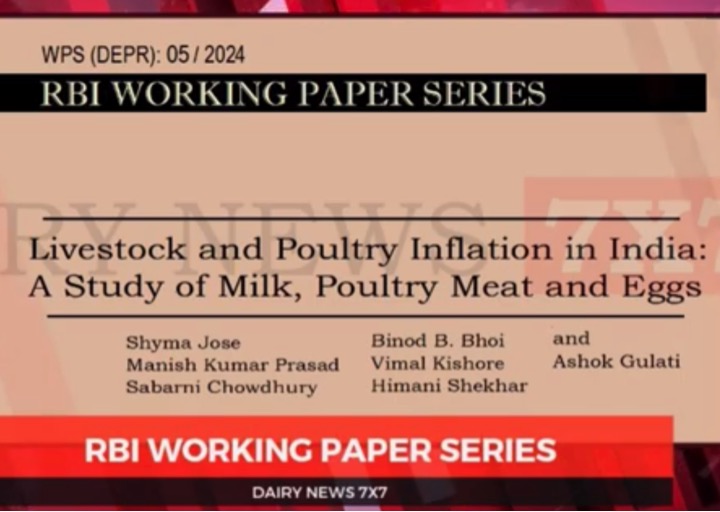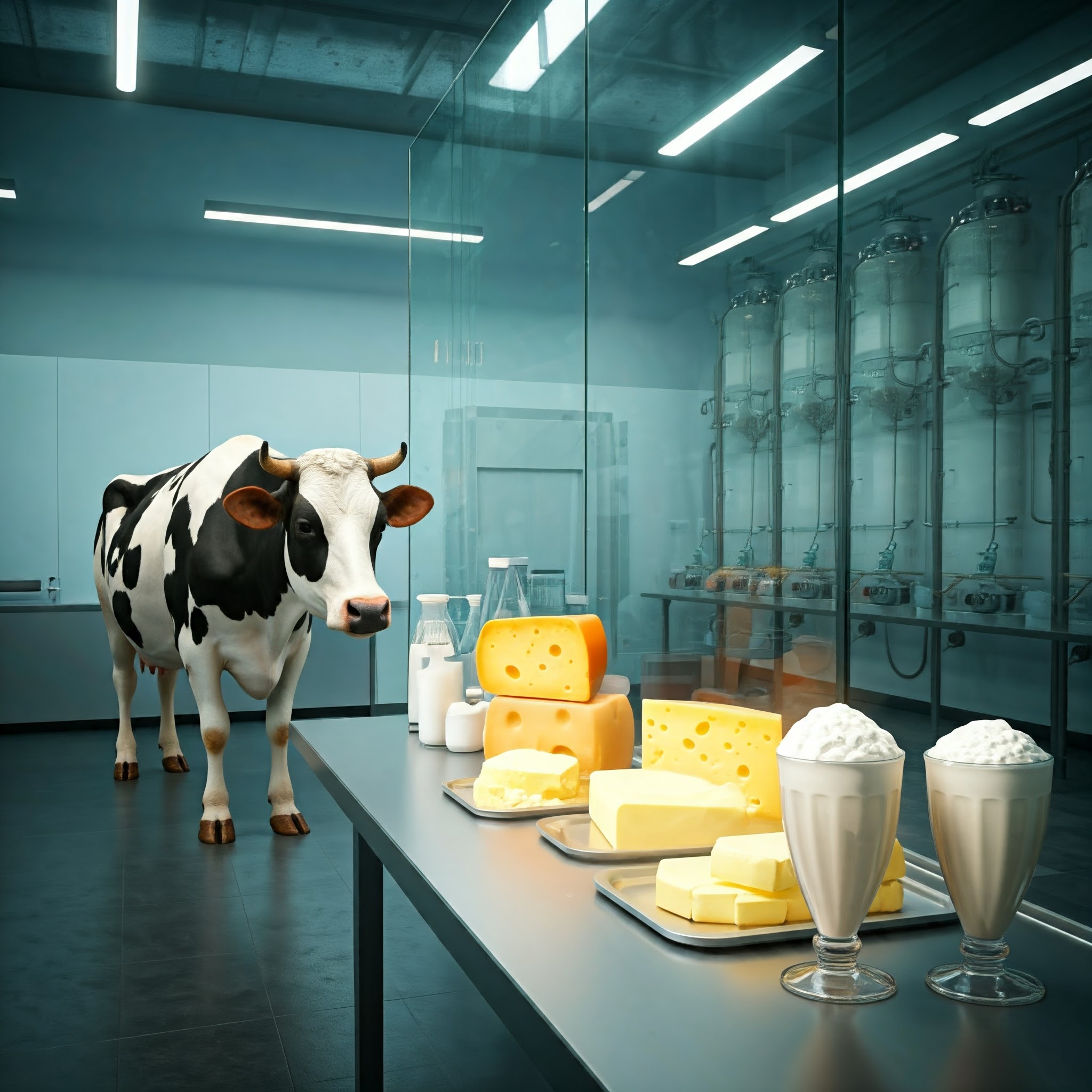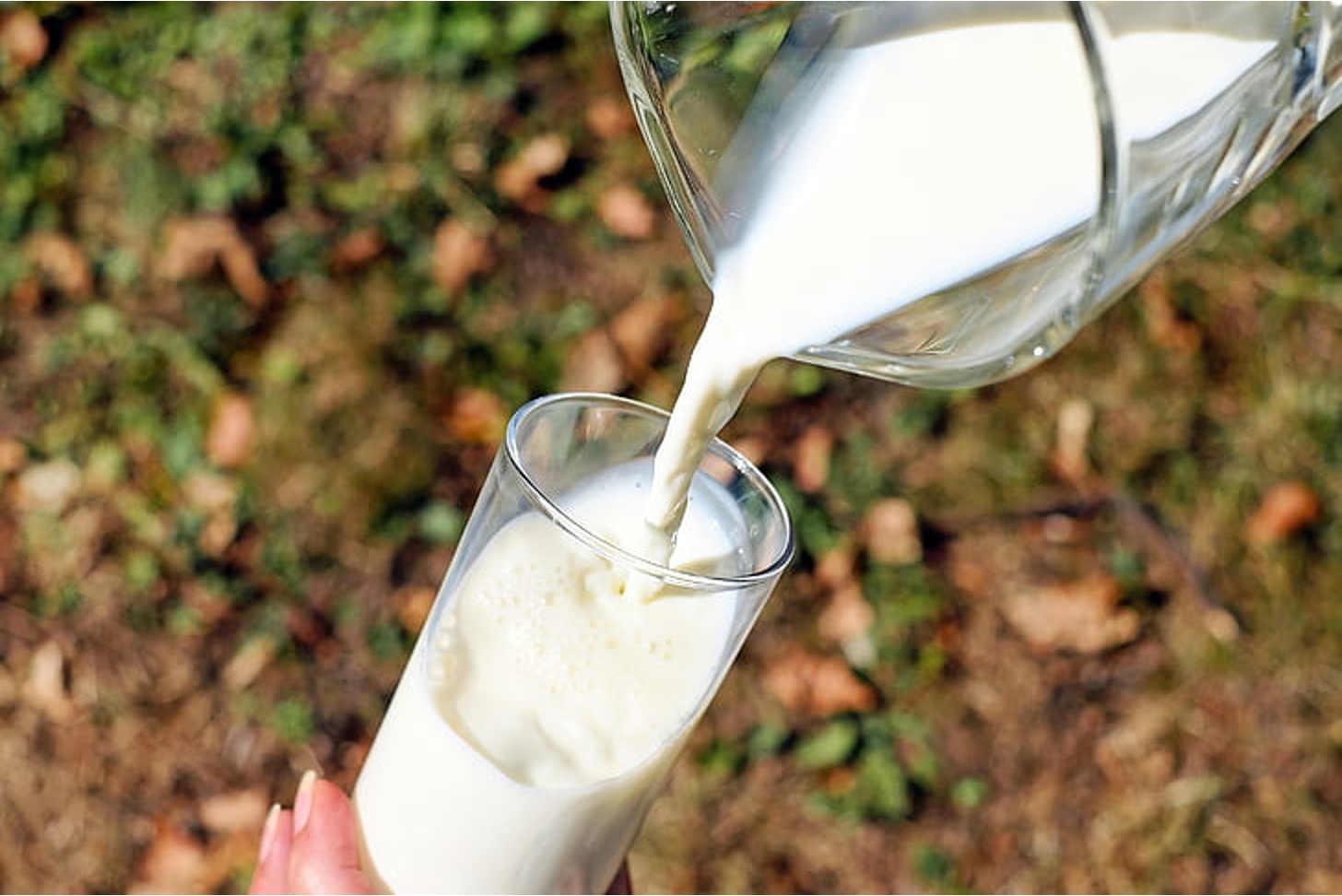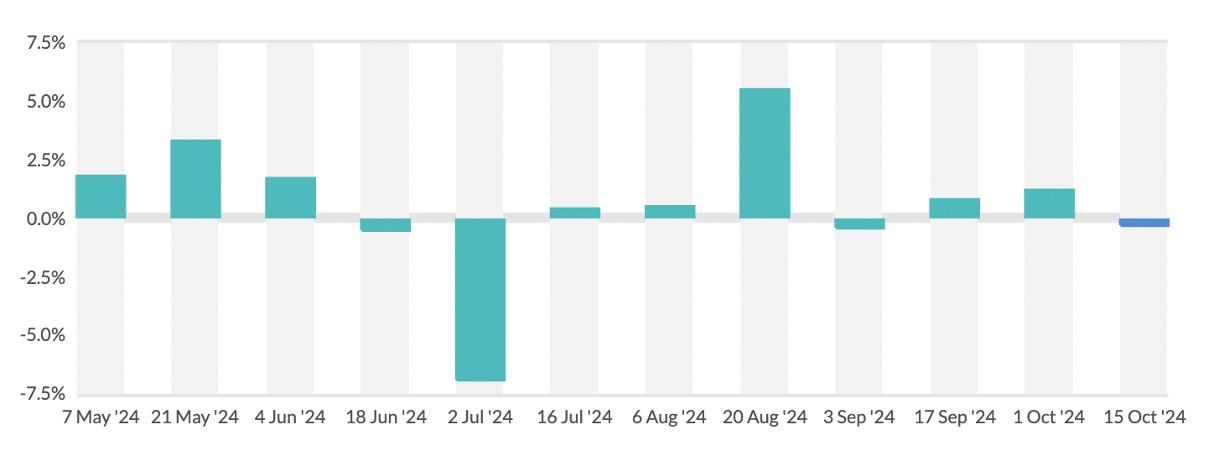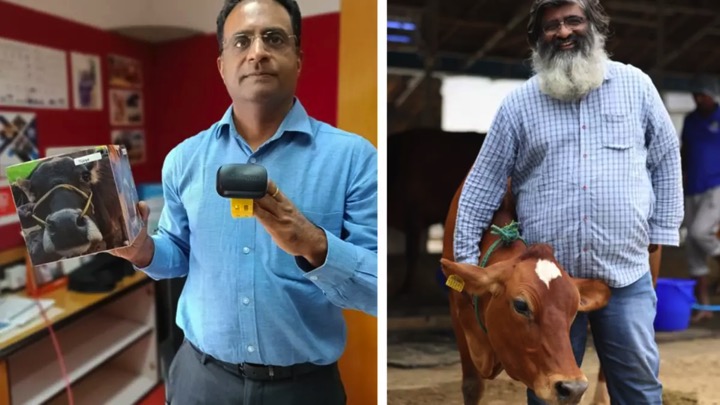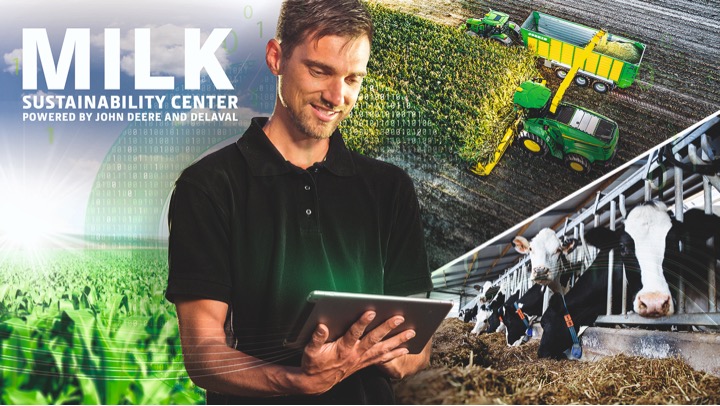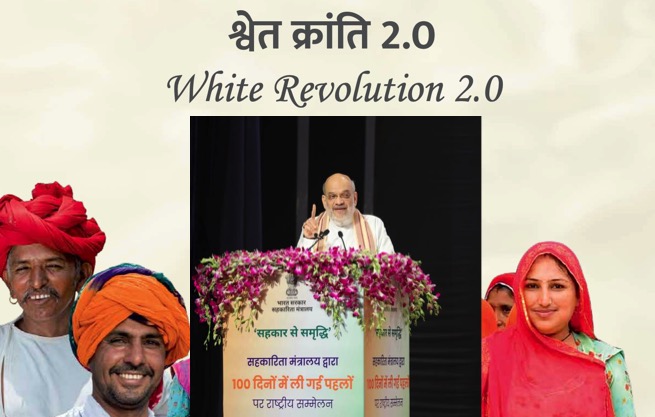India, the world’s largest producer of milk, has seen an improvement in the dairy sector due to the use of technologies such as automated milking systems. The domestic milk market will grow more due to health-focused innovations, premiumisation and transparency, says Akshali Shah, Executive Director, Parag Milk Foods. The market is set to undergo significant evolution, driven by shifting consumer preferences and rapid product innovation, over the next decade, she says. Edited excerpts:
The Economic Times (ET): India is the largest milk producer in the world and contributes 25% to global milk production. What are the key factors for this achievement?
Akshali Shah (AS): There are a number of reasons. The ‘White Revolution’ set the stage for the dairy industry’s early expansion. Over time, a number of government initiatives have made a substantial contribution. These projects include building infrastructure for dairy farms, maintaining livestocks, supporting improved animal husbandry techniques, including better feed management, etc.
A decentralised approach guarantees a steady rise in milk output. There has been a change in consumer knowledge, as more and more consumers read food labels and are curious about where their food comes from. Population growth, rising disposable incomes, and the trend towards nuclear families have all contributed to an increase in the country’s demand for milk and dairy products. Furthermore, efficiency has increased and waste has decreased with the use of contemporary dairy technologies, including automated milking systems, cold storage facilities and better transportation networks. The amalgamation of these factors has solidified India’s place as a prominent participant in the worldwide dairy sector
After all, millions of farmers rely on dairy farming for their livelihood and financial stability, making it a vital component of rural economies.
ET: How are emerging technologies influencing milk production practices globally? What are the key trends in sustainable dairy farming?
AS: Emerging technologies are driving improvements in efficiency, animal welfare and sustainability. Key innovations like precision farming tools and data-driven herd management are helping farmers monitor animal health, optimise milk yields and reduce labour costs. These technologies not only increase productivity but also allow for more personalised care of livestock, ensuring healthier cows and better-quality milk.
In terms of sustainability, several trends are shaping the future of dairy farming. A prominent one is the focus on reducing the environmental impact of dairy operations. This includes adopting methane reduction strategies, such as using biogas digesters to convert manure into renewable energy. Water conservation is another major trend, with farms implementing more efficient irrigation systems and recycling water to reduce usage.
Additionally, sustainable dairy farming is seeing a shift toward regenerative practices, where the goal is to improve soil health and biodiversity through organic farming. There is also a growing emphasis in supply chain management to reduce carbon footprint. These technological advancements, coupled with sustainable practices, are helping dairy farmers globally adapt to the demands of a changing world while ensuring long-term productivity and environmental stewardship. We believe happy cows give better milk.
ET: How do you foresee the Indian milk market evolving over the next decade particularly in terms of consumer preferences and product innovation?
AS: As health and wellness trends continue to grow, we expect a surge in demand for functional dairy products like breakfast milk, fortified milk, flavoured ghee, etc. As consumers become more health-conscious and pay closer attention to the nutritional benefits of the products they consume, it will push the industry to develop milk-based products that cater to specific dietary needs, such as high-protein, low-fat, etc.
Another trend shaping the market will be the rising demand for premium milk, as consumers increasingly seek out products that are natural, fresh and free of additives and preservatives. Transparency in milking, feeding and processing will become a key differentiator for dairy brands. Single-origin milk, which emphasises purity and farm-to-table freshness, is poised to gain traction.
ET: What are the standard practices that leading milk and milk-related food companies follow to ensure the consistent quality and safety of their products?
AS: Dairy companies follow a stringent set of practices to ensure consistent quality and safety across their products. These practices encompass best milk procurement practices; cold chain management; regular testing and quality checks; automation and technology integration; adherence to food safety standards; traceability and transparency; and hygienic processing and packaging. By following these practices, dairy companies consistently deliver high-quality and safe products that meet consumer expectations and regulatory requirements.
ET: In an increasingly competitive dairy market, what strategies has Parag Milk Foods implemented to maintain its market position and grow its consumer base?
AS: Our four brands — Gowardhan, Go, Pride of Cows and Avvatar — caters to a wide range of consumer preferences.
With rising demand for high-quality, natural, and ethically produced products, we have emphasised premiumisation. Pride of Cows is a prime example, where the brand offers farm-to-table freshness, transparency and a focus on single-origin milk. The company has diversified beyond traditional dairy, investing in value-added categories such as cheese and whey protein products.
By targeting both retail consumers and the growing health and fitness segment, Parag Milk Foods has strengthened its foothold in specialised and high-growth markets. We also have a 22% market share in the cow ghee category.
Parag has expanded distribution channels, and invested in modern retail formats and e-commerce platforms to reach urban consumers, while also deepening its presence in rural and semi-urban areas. Its direct-to-consumer model leverages technology for doorstep deliveries.
A strong focus on brand-building initiatives has helped Parag Milk Foods differentiate itself in a crowded market through celebrity endorsements, partnerships and integrated marketing campaigns. We have invested in modern dairy technologies, including automated milking systems, cold chain management, and quality controls, to enhance efficiency and reduce waste. This ensures consistent product quality and supports the company’s growth ambitions.
In response to growing consumer awareness of environmental impact, we have focused on sustainability, implementing eco-friendly farming practices, efficient water usage, and waste management. These efforts resonate with environmentally-conscious consumers and contribute to the brand’s long-term value.








